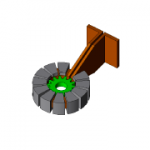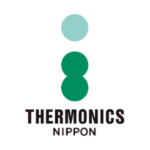Induction Heating
Induction heating has been used for various purposes from production technology such as quenching and shrink fitting through to the design of home appliances as in Induction cooking system.
Induction heating is the technology based on the eddy current, and it becomes a key issue for design to control the eddy current accurately.
However, since the eddy current depends on factors such as geometry, material characteristics, frequency, and temperature, its behavior is complicated.
Such complicity makes it difficult to appropriately control the quantity and location of eddy current.
JMAG correctly reproduces and visualizes the induction-heating phenomenon that changes intricately, and realizes the optimal design for various purposes using induction heating.
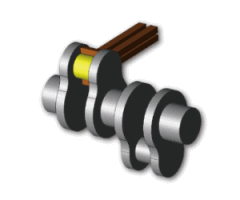
Evaluation items
Temperature distribution, heat generation density distribution, eddy current distribution within the work piece, current density distribution inside of wires, magnetic flux density, flux line, heating efficiency, input power, heat source, electromagnetic force.
Case Studies / Functions
Induction hardening of a crankshaft
High-frequency induction hardening rapidly heats up parts contacting with a piston as a crankshaft rotates. Examines the hardened area based on the temperature distribution results obtained.
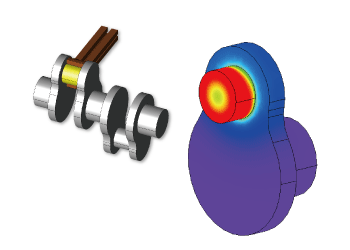
JMAG function :Rotational motion
Validates uniform quenching of parts contacting with a piston in an analysis, rotating induction heating needs to be taken into account.
JMAG function : Skin mesh function
Optimizes local heating, it requires accurate management of the eddy currents concentrating near the surface of the work piece. Our skin mesh function generates mesh and accurately predicts eddy current distribution, which is vital to simulate the high-frequency quenching process.
Optimal design of edge heater
When designing an edge heater, design parameters such as coil geometry, current conditions and feeding speed are vital issues.
An edge heating analysis simulates the induction heating process of a long steel sheet being conveyed taking account for such parameters.
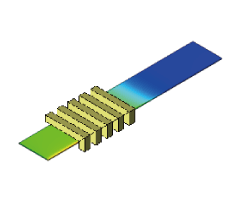
JMAG function : Translation motion
Simulates the process of the scanning heat treatment for steel sheets.
JMAG function : Material modeling
Supports detailed modeling taking into account temperature changes such as magnetic and electric properties, and specific heat caused by the quenching process.
Induction hardening of a gear
As a precision component, a gear requires an accurate evaluation of dimensional tolerance due to thermal deformation resulting from induction hardening.
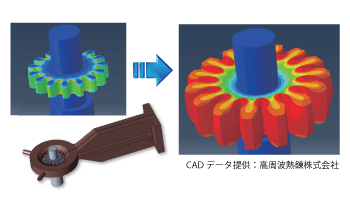
JMAG function : Coupled thermal and magnetic field analysis
Covers work piece temperatures beyond the Curie point in high-frequency induction hardening. A two-way coupled analysis of thermal and magnetic field accounting for temperature variations in physical values is indispensable.
JMAG function : Multiple frequencies for power supply
Enables to heat both the gear tip of the wheel and the gear base by controlling the power supply frequency.
Loss distribution of steel sheet by resistance heating
Obtains the temperature distribution, joule loss distribution by running resistance heating analysis using the electric resistance of the steel sheet.
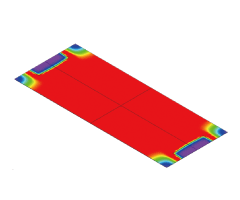
JMAG function : Joule loss analysis
Obtains the joule loss distribution by solving the electromagnetic phenomena and heat transfer phenomena simultaneously.
Uniform heating for induction cooking system
Estimation of the uniformity of temperature distribution on the pot bottom can be led from the loss distribution Confirms if no flux leakage is causing malfunctioning of electric devices surrounding the system by checking to the 3D flux lines.
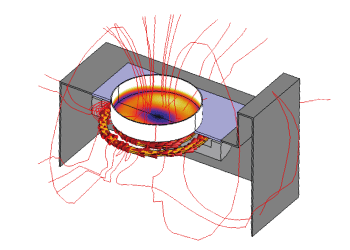
JMAG function : Circuit component
Enables direct input of power when actual current and voltage are unknown.
JMAG function : Leakage flux calculation in the air ambient
Calculates with high-accuracy the leakage flux distribution on a specified point in the air by integration method.




